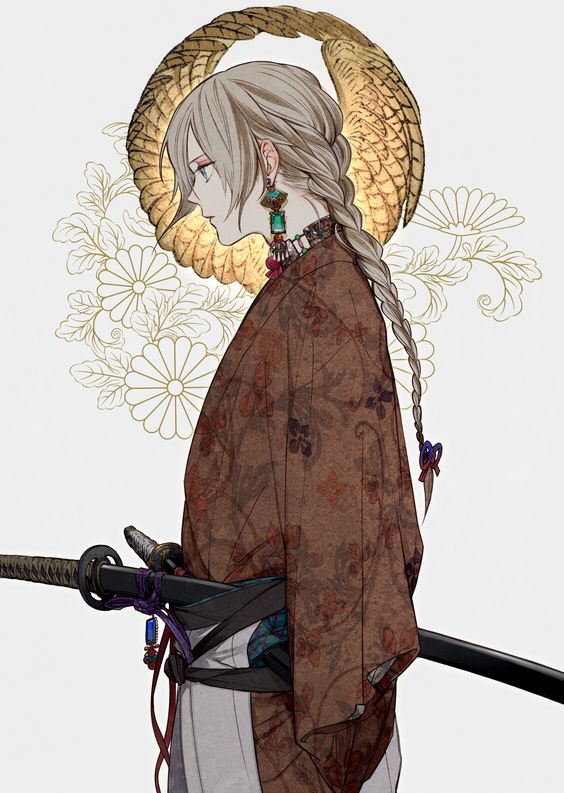Abshah'mal Monastery Main Description
Carved out of the sheer rock face of a floating island, Abshah’mal has been a bastion for the Tsekwe and Anlo-Ewe tribes for centuries. Once a site of pilgrimage for ascetics, with time it was built into an extensive collective of stepped spires and spiraling stone pathways. To outsiders the structures appear to be inverted, hanging upside-down from the bedrock overhand, however, such designs were intentional as they were constructed by the avian tribes of Onnen. The platforms and ledges serve as landings for its inhabitants while stairways cut into the rock provide pathways connecting buildings.
The monastery is now under the care of those who still devoutly worship Onnen, the first world tree. The main sanctuary is adorned with carved reliefs and colored mosaics depicting the history of the world, surrounding a large carved piece of petrified wood in the center. The sanctuary floor’s design radiates outward from the sculpture, symbolizing how Onnen was the center of the world. The winds around Abshah’mal Monastery make accessing it no easy feat. Those without flying mounts and guides experienced in navigating these tempestuous currents will have difficulty landing safely.
The entire monastery is self-sufficient, growing food and medicinal plants within indoor greenhouses tended by the monks. These greenhouses are structured around a central opening in the roof acting as a skylight, while plants are grown in tiered rows carved into the walls. Sunlight and rainwater enter through the skylight while the plants are otherwise protected from strong winds buffeting the island. Rainwater is conserved and stored for dry months through collection channels carved into the greenhouse floors. These channels drain into a rainwater reservoir which provides Abshah'mal with its fresh water. During colder months, clear coverings are placed over the skylights to keep the heat in.
The resident monks are vegetarian, though they occasionally partake of fish when trading with the locals of the lakes below. They trade handicrafts made in the monastery for what they cannot make themselves.

